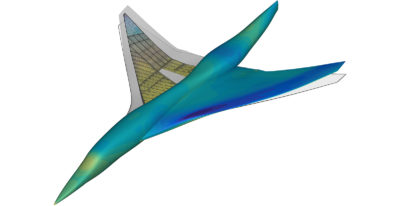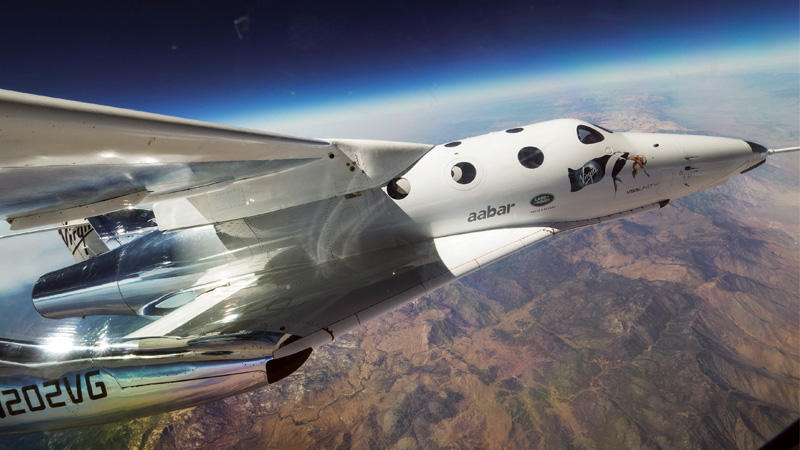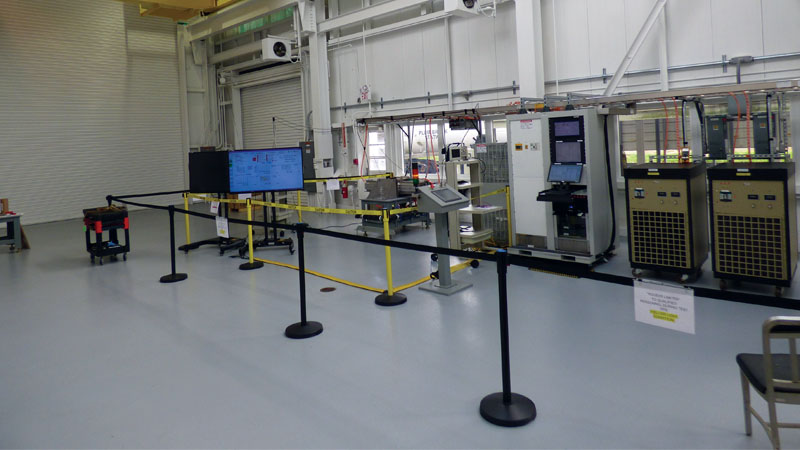New takeoff and landing capabilities headline a momentous year
By Soumyo Dutta, Bradford Robertson and Craig Woolsey|December 2024
The Atmospheric Flight Mechanics Technical Committee addresses the aerodynamic performance, trajectories and attitude dynamics of aircraft, spacecraft, boosters and entry vehicles.
In February, Varda Space Industries of California landed its first reentry capsule, which carried a payload that manufactured pharmaceutical ingredients on orbit. Varda is among the companies aiming to establish a market of in-space manufacturing and returning materials to Earth. During reentry, the capsule was shielded by Conformal Phenolic Impregnated Carbon Ablator, a thermal protective coating that is among the latest heatshield materials developed by NASA. This was the first time the material went to space.
Another reentry milestone came in June, during SpaceX’s fourth flight of a Starship-Super Heavy. After sending the Starship upper stage toward orbit, the Super Heavy booster splashed down in the Gulf of Mexico. Starship continued, surviving peak heat loads through the atmosphere for the first time and landing softly in the Indian Ocean. SpaceX livestreamed video of Starship maneuvering while encountering plasma. In the fifth flight, a Super Heavy was captured by tower chopsticks for the first time, and on the sixth flight, a Starship restarted an engine in space for the first time.
In its pursuit of faciliating the return of overland civil supersonic flight, NASA continued to prepare for the first flight of its X-59 demonstrator. In May, the aircraft passed its flight readiness review, in which an independent review board studied the plan to ensure public and staff safety during testing. This was the first step toward approving the aircraft for flight tests, in which NASA and prime contractor Lockheed Martin plan to demonstrate how X-59’s design reduces the sonic boom to a “thump.”
The burgeoning community of advanced air mobility continued to push its boundaries. In May, electric aircraft manufacturer Electra of Virginia announced its hybrid-electric demonstrator had achieved its first ultra-short takeoff and landing. In these piloted test flights, the aircraft operated from a space shorter than 91 meters.
Also in the novel takeoff-and-landing arena, Lockheed Martin in May said that it subsidiary Sikorsky was flight testing its rotor blown wing concept under DARPA’s ANCILLARY program, short for Advanced Aircraft Infrastructure-Less Launch and Recovery. The term “rotor blown wing” refers to “the constant airflow from the proprotor wash across the wing,” Lockheed Martin said in a press release, which reduces drag during vertical takeoff and transition to horizontal flight. Flight testing of an electric proof-of-concept vehicle has focused on verifying the vehicle’s ability to take off and land vertically, as well as cruise.
With advances in takeoff and landing capabilities, there may be additional avenues for seamless integration between machines and humans. One such venue is the X-62A VISTA, a modified F-16 trainer that DARPA and the Air Force Test Pilot School have flown, controlled by artificial intelligence algorithms. In May, Air Force Secretary Frank Kendall flew in the front seat of the aircraft, with a safety pilot in the backseat, while AI piloted the aircraft. This was another step toward the integration of AI in fighter planes.
In the area of wind tunnel testing, NASA made progress in the construction of a new facility, the Flight Dynamics Research Facility at NASA’s Langley Research Center in Virginia. This is the first major wind tunnel built by NASA since the opening of the National Transonic Facility in the early 1980s. FDRF is a large, subsonic tunnel with a vertical test section, which will be used to conduct all aspects of flight dynamics research, from basic stability and controllability to entry vehicle free-fall dynamic stability and aircraft spin and spin-recovery characterization. Planned to open in 2025, FDRF is to replace two Langley tunnels that have been operating for some 80 years.
Contributors: Wendy Okolo and Benjamin Simmons



































